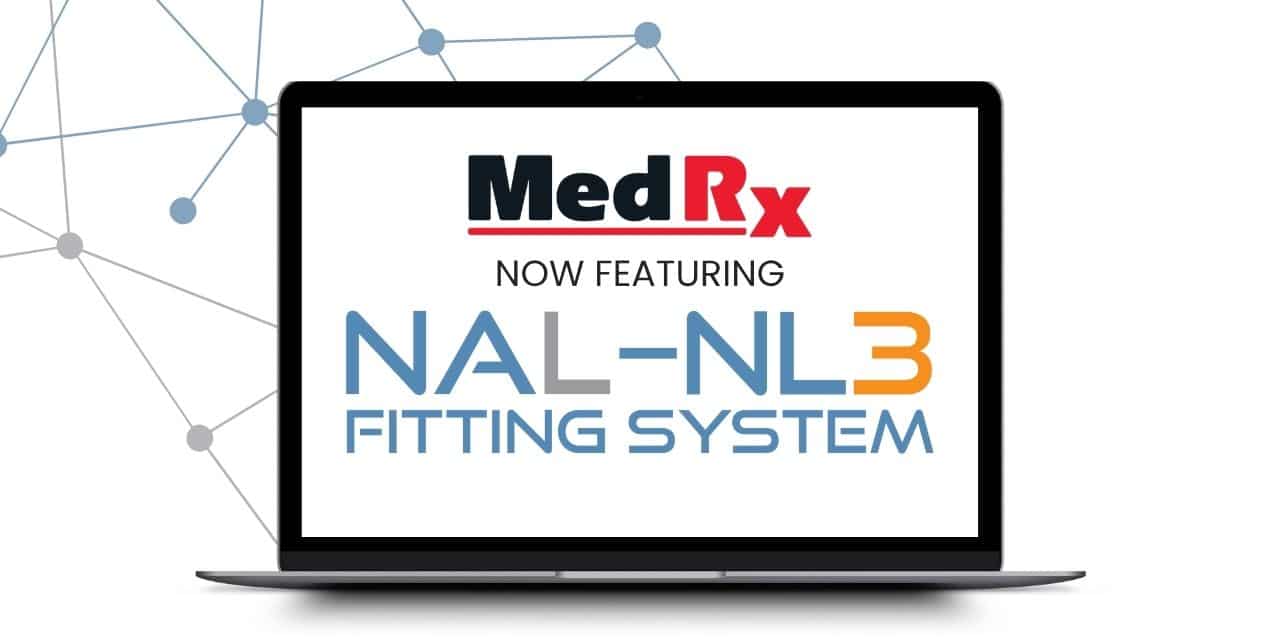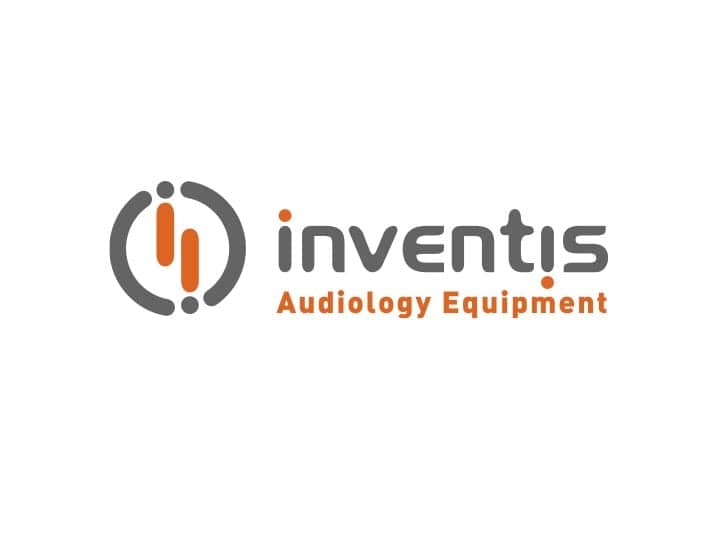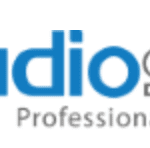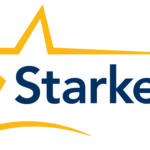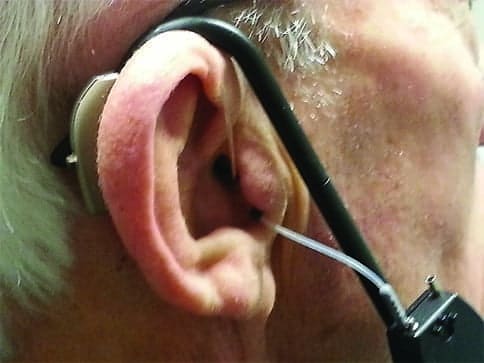NAL and MedRx Announce Integration of NAL-NL3 Fitting Formula in Latest MedRx Software
National Acoustic Laboratories (NAL) and MedRx have worked together to bring the next-generation NAL-NL3 fitting formula to MedRx’s verification and testing systems.

